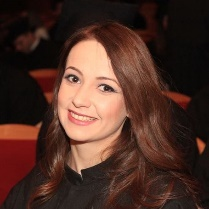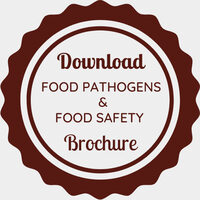9th International Conference on Food Pathogen and Food Safety
Paris, France

Prof. Marija Banožić
Faculty of Food Technology, University of Osijek, Croatia
Title: Effect of high voltage electric discharge on the extraction of phenolic compounds from mandarin (Citrus unishu M. var. okitsu) peel waste
Biography
Biography: Prof. Marija Banožić
Abstract
 The objective of this study was efficient utilization and valorization of mandarin peel (Citrus unshiu M. var. Okitsu) using a green extraction technique and water as a solvent. Mandarin peel was subjected to a high voltage electric discharge (HVED) assisted extraction procedure under different experimental conditions: solvent:solid ratio (200, 300, 400 mL/g), frequency (40, 70, 100 Hz) and treatment time (5, 10, 15 min), in order to study the influence of these conditions on the extraction yield and content of phenolic compounds. Using high-performance liquid chromatography, 5 compounds have been identified and quantified, namely hesperidin (50.52-72.91 mg/g), narirutin (7.47-17.39 mg/g), rutin (1.36-5.25 mg/g), cryptochlorogenic acid (0.39-1.10 mg/g) and neochlorogenic acid (0.33-1.10 mg/g). The extraction yield was ranked from 359.5 to 463.2 mg/g showing a strong dependence on the applied process parameters. Moreover, using spectrophotometric assay, total phenol content (expressed as mg of gallic acid equivalents) and antiradical activity (expressed as % DPPH) were determined and were ranked from 96.23 to 275,46 mg GAE/g and from 87.06 to 94.93% respectively. These results clearly demonstrate that HVED treatments can enhance the extraction efficiency due to electrohydraulic discharge phenomena, including the emission of high-intensity UV light, the generation of shock waves, and the generation of free radicals produced by the photodissociation of water which can decrease particle size and influence fragmentation of cell membranes and intensify mass transfer and increase the release of intracellular compounds into the solvent.

